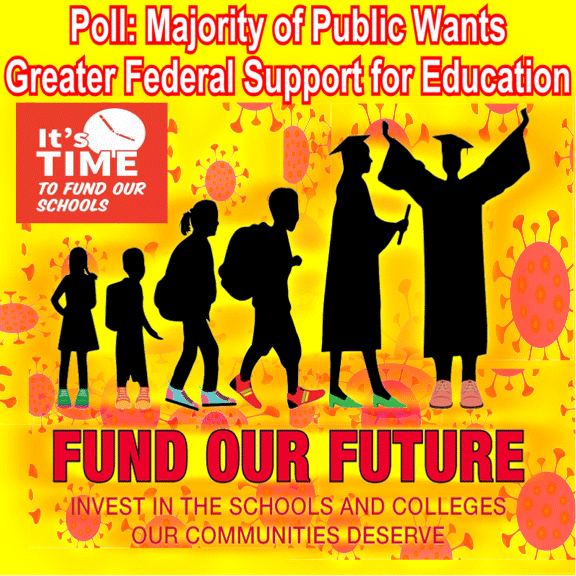School Choice Was the Main Policy Mentioned at Monday’s RNC. Why?
Almost every speaker mentioned school choice by name.
The first night of the Republican National Convention was extremely light on policy talk. The party put together no platform this year, opting instead to draft a simple resolution declaring its intent to support whatever Donald Trump decides he wants to do. So, instead of mounting an argument in favor of a sweeping policy agenda on Monday night, the convention’s cast members spent most of their time painting Trump as an empathetic leader who loves Black people—but will also keep Black people from moving to the suburbs where you, white voters, live.
One of the few exceptions was the topic of school choice, which was raised by almost every speaker on Monday’s docket. California public school teacher Rebecca Friedrichs, who has been fighting for years to prevent teachers unions from compelling members who oppose their union’s politics to pay union dues, appeared at the beginning of the evening. In her speech, Friedrichs accused teachers unions of “trapping so many precious, low-income children in dangerous, corrupt, and low-performing schools” by opposing policies that divert money from public schools to charter, private, and parochial schools. Friedrichs praised Trump for “empower[ing] kids to escape dangerous, low-performing schools” with a proposed tax credit program that would encourage funding for private and home-school education.
Trump himself showed up to promise he would “rescue kids from failing schools by helping their parents send them to a safe school of their choice.” Kim Klacik, a congressional candidate from Maryland, said Democrats have “neglected” Black voters, who “want school choice.” Two other Black Republicans, Georgia state Rep. Vernon Jones and South Carolina Sen. Tim Scott, suggested that their party’s school choice policies could provide a counterweight to the racism and poverty that close off opportunities for children of color. Donald Trump Jr. agreed. “It is unacceptable that too many African American and Hispanic American children are stuck in bad schools, just because of their ZIP code,” he said in his Monday night speech. “Donald Trump will not stand for it. If Democrats really wanted to help minorities in underserved communities, instead of bowing to big money union bosses, they’d let parents choose what school is best for their kids.” On Tuesday morning, Trump Jr. followed up his speech with an op-ed on Fox News’ website, titled “President Trump defends school choice from attacks by Democrats and teachers’ unions.”
School choice wasn’t a major winning issue for Trump during his last campaign, and it hasn’t been a significant focus of his first term. Education isn’t a determinative issue for the vast majority of presidential voters. So what’s with this sudden emphasis on school choice?
The first reason is that party conventions—and, CONTINUE READING: Why are Republicans suddenly so obsessed with school choice?























